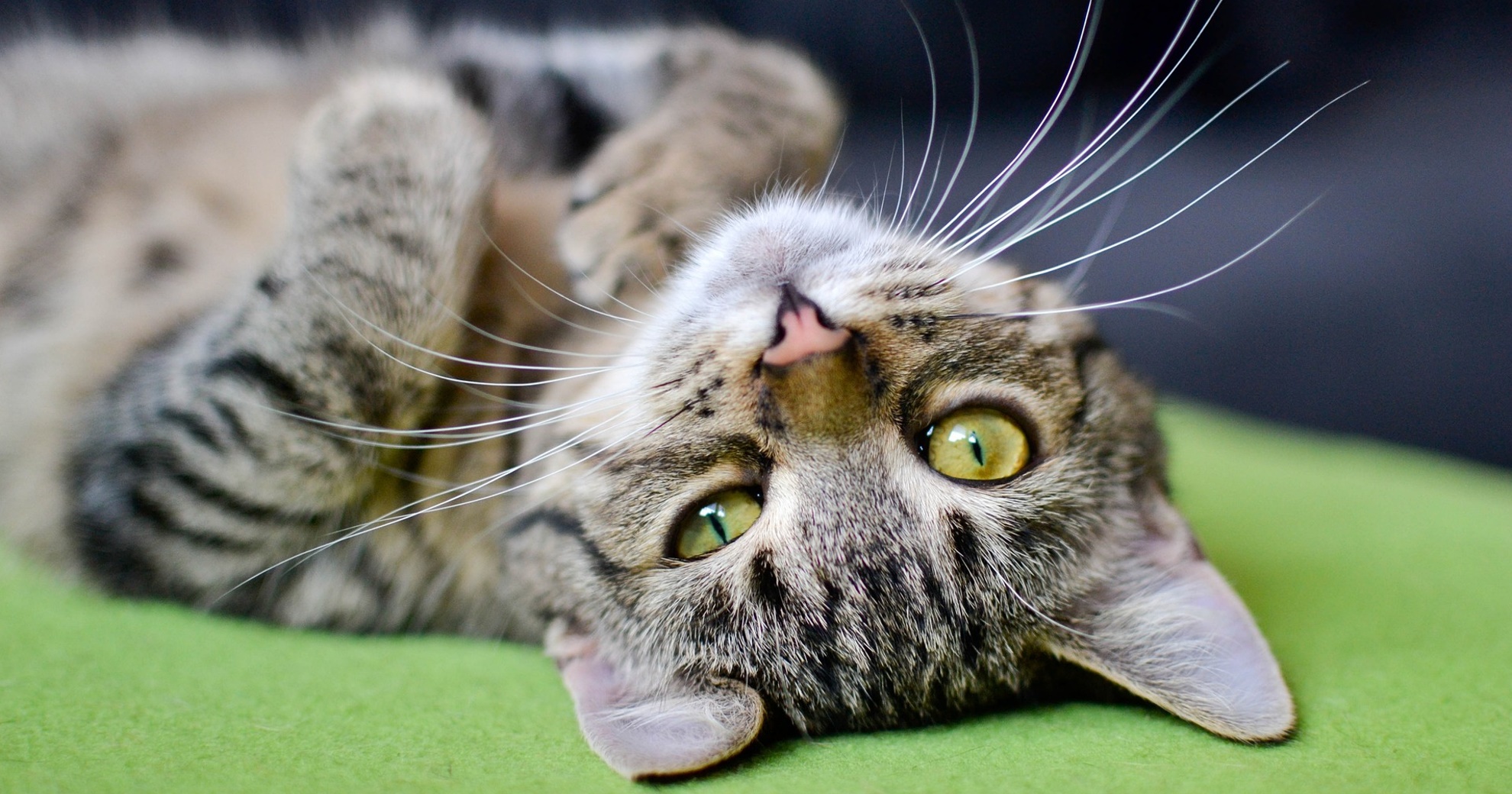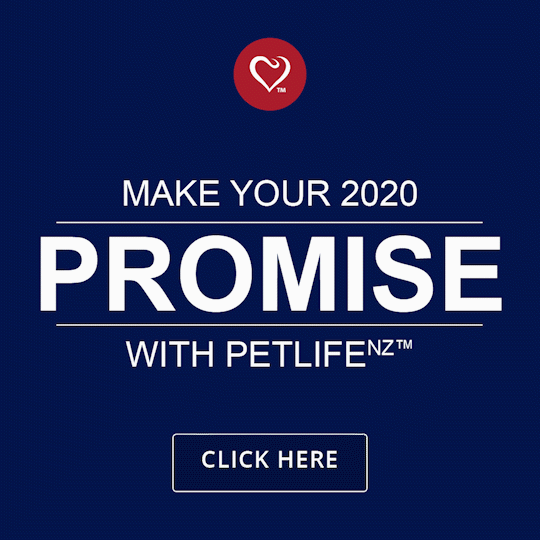HEALTH & WELLNESS

TRENDING

SIGN UP and Start Receiving
Our Monthly Newsletter,
The Chronicles
Your Cat’s Digestive System

Cats are known to be finicky eaters but understanding the basics of cat digestion can help you provide your pet with the nutrients they need.
All felines are obligate carnivores, meaning they must consume animal-based proteins to meet their nutritional needs. To select the types of food that are best for your pet, it’s important to understand how a cat’s digestion works.
The stomach of a cat is designed to digest proteins, fats, and other nutrients found in animal-based sources. The digestive system is not designed to digest grains, fruits, or vegetables. Cats also have a short digestive tract, which means that the food passes through the system quickly. This means that cats require frequent, small meals throughout the day.
A cat’s diet should consist of protein-rich foods such as meat, fish, eggs, and some dairy products. Cats also need essential fatty acids to remain healthy, so it’s important to include fatty fish such as salmon or sardines regularly in their diet. Avoid feeding your cat processed foods and human treats as these can be high in sugar, sodium, artificial flavourings, and are low in nutrition.
To ensure your cat is getting all the nutrients they need, talk to your veterinarian about the best diet for your pet. Your veterinarian can help you determine the right balance of proteins, fats, and carbohydrates for your cat’s dietary needs. Age, size, activity levels, and even the breed should be taken into account when making these decisions.
HOW DIGESTION HAPPENS
The digestive process begins in the mouth where a small amount of the amylase enzyme is present in the saliva. Once chewed, the food is swallowed and enters the gullet (oesophagus), which connects the mouth to the stomach. While no digestion takes place here, the consequences can be serious if the swallowing function is abnormal.
The stomach, which has a relatively large volume receives the chewed food and secretes gastric juices for moistening and diluting the food, acids for breaking it down, and some enzymes. On its journey, the pre-digested food leaves the stomach through the pylorus valve.
The small intestine is a long narrow passage and this is the area where the bulk of the digestion and nutrient absorption occurs. Several types of enzymes are produced by the pancreas to digest proteins, fats, and carbohydrates, which are transformed into micro units (such as amino acids) to allow absorption through the intestinal wall. The critical organs for processing fatty foods are the liver and gall bladder, which produce emulsifiers that allow fats to be carried by the blood to the cells. They also contribute to the excretion of waste products into the large intestine. This is the area where the fluid content from the liquified product of the small intestine is absorbed, thus creating a more solid substance that finally becomes the feces deposited in the kitty litter.
SIGNS OF DISORDERS
If any area in the digestive tract stops functioning normally, signs of illness will appear and these are sometimes clearly characterised by the part affected.
The Mouth: Oral diseases often cause inappetence, discomfort while chewing, hypersalivation, or a lopsided head posture when eating.
The Gullet: When this area is affected by diseases the symptoms may be loss of appetite, drooling, regurgitation, and generalised malaise. Fever may present if the lining of the oesophagus is injured and becomes infected.
Duodenum: When the small intestine stops functioning as it should, the signs generally involve the symptoms of improperly digested food, including abdominal pain, flatulence, diarrhea, bloody feces, inappetence, weight loss, and eventually malnutrition.
Colon: Problems in the large intestine match the symptoms above but are also accompanied by constipation, strained pooping, or incontinence.
Bottom: Any licking around the anus and rubbing the bottom on the ground or other surfaces, may all be present and indicate that these areas could be afflicted.
These signs may appear singly or in clusters and could also disappear before long. However, if they persist, a visit to your pet’s medical professional is advisable.
The advice in this post is provided for informational purposes only and is not professional medical advice. To have your pet’s condition accurately diagnosed kindly see your veterinarian.
Related Articles















